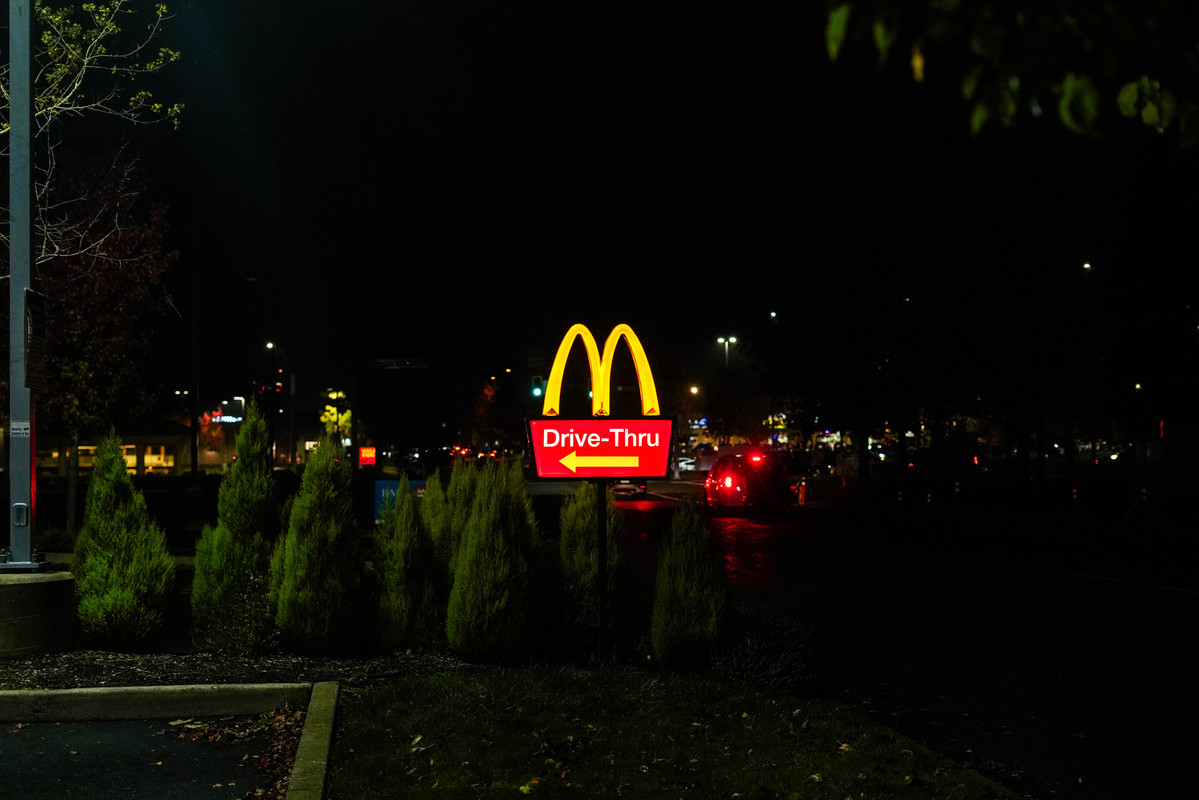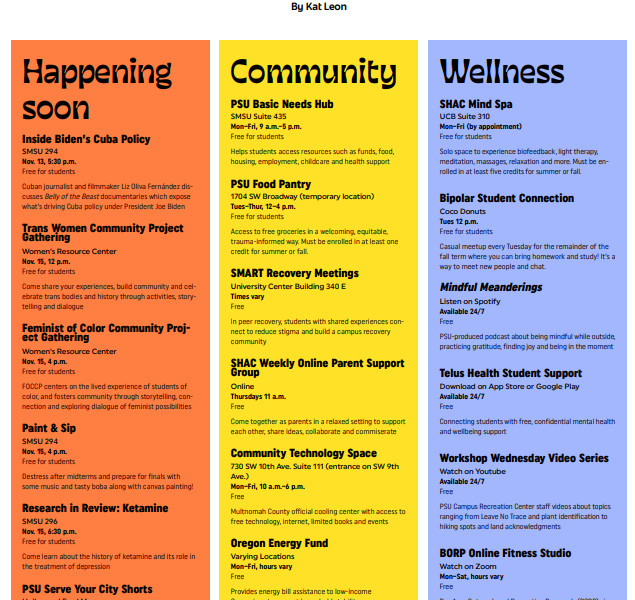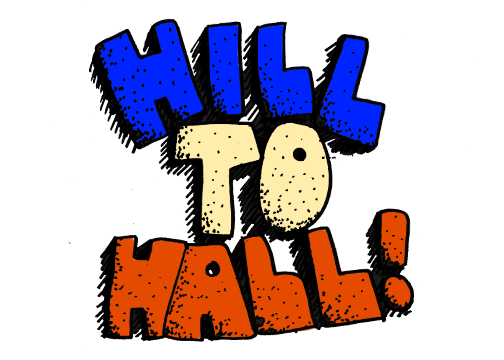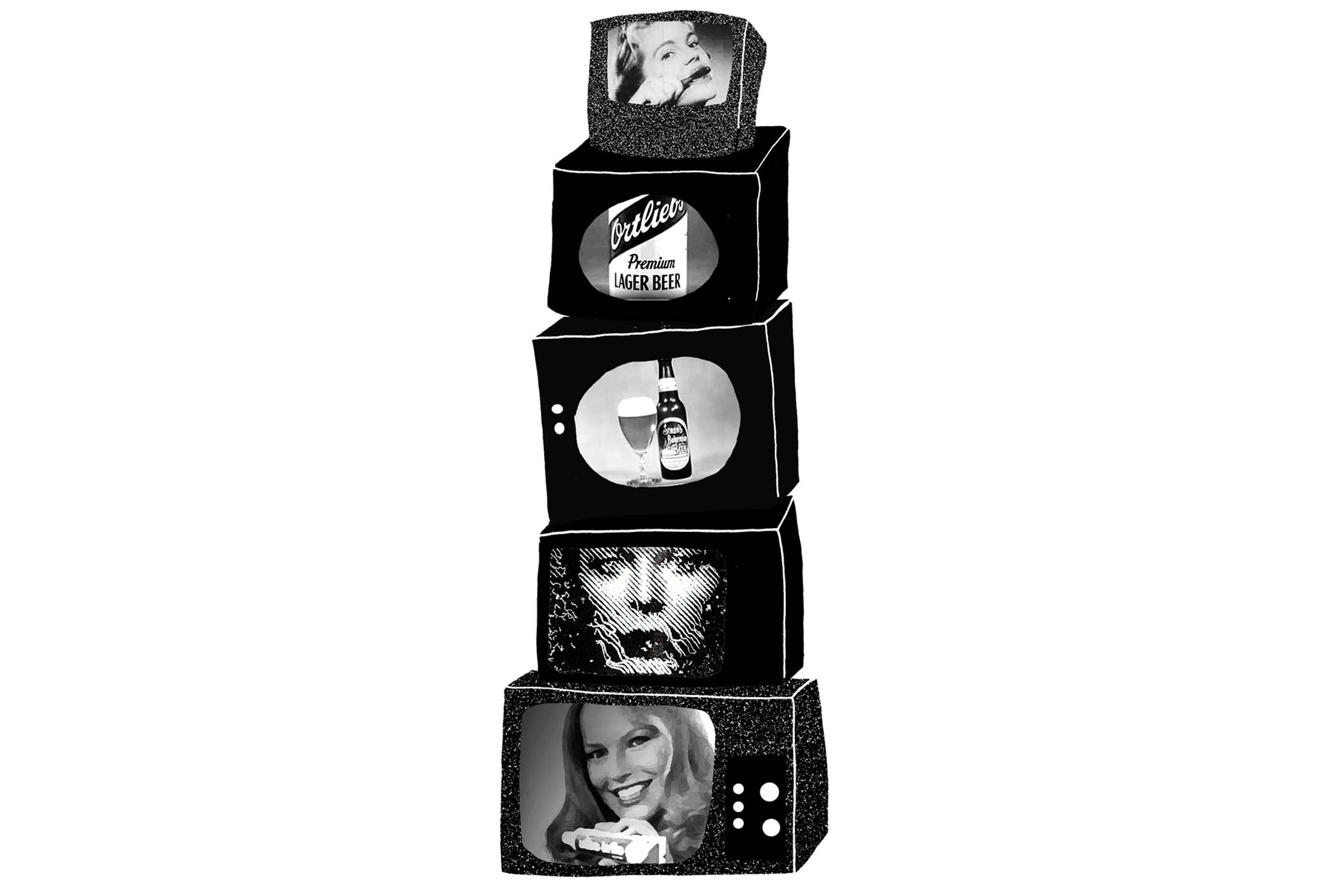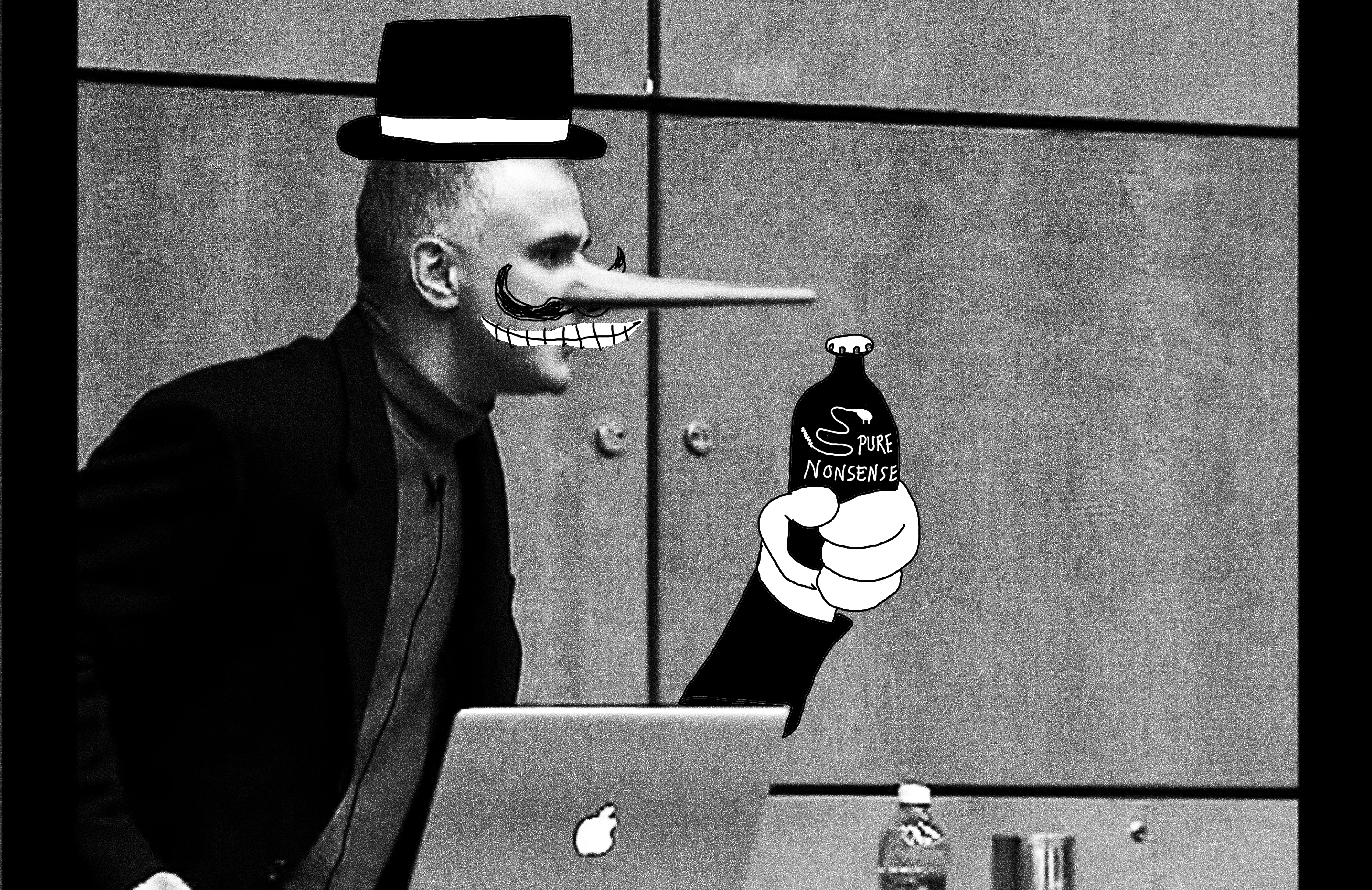Boycotts have a rich historical significance in fostering collective action and solidarity against the decisions of a company or country. The concept traces back to the 1880s during the Irish land agitation, where people protested against exorbitant rent and evictions.
Notable boycotts stand out as prime examples of successful movements, such as the 13-month Montgomery Bus Boycott of 1955 ultimately bringing an end to public bus segregation.
Throughout history, individuals have employed boycotts as a powerful tool for instigating change. However, in certain cases, actors may attempt to shift the narrative towards individual responsibility, thereby undermining the effectiveness of boycotts.
In such scenarios, companies or states often redirect the focus onto consumers, whom they may portray as failing to take action rather than highlighting their own adverse actions.
This happens with a variety of issues. For example, being environmentally conscious. Sometimes, companies suggest that making more eco-friendly products is not their responsibility. Instead, they focus on consumers, saying it’s our duty to participate in environmentally friendly actions.
This places the onus of responsibility on the individual instead of the system, which is responsible for producing significant waste. It can create a sense of need to change our habits and even lead to feelings of guilt if we don’t change things.
In this, many believe that—no matter how much effort they put into environmentally friendly action—their action has no impact. This feeling of not making a difference leads to people giving up. This ultimately benefits the company, which is no longer held responsible.
These challenges require your support, not just as a consumer making choices but as a community member who gives and receives support. It’s not a competition to see who can be the most ethical consumer, where you win by meticulously controlling every action and looking down on those who aren’t. That’s an exhausting and ultimately futile standard to maintain, and it serves against the ultimate goal of the action, which is to be an agent for systematic change.
It’s much easier and more effective to rely on those around you, building trust and relationships based on navigating the demands of a consumer-driven system together. One person can only do so much, read so much and know so much, but with the help, reminders and teachings of others, it becomes achievable.
Boycotts work best when they are collaborative, inclusive and go beyond merely refraining from consumption. They should involve active protest through disengagement.
A successful boycott includes specific demands, moving beyond a simple call to boycott, which often involves individual consumer actions.
Divesting from a product should also involve an investment in a community for which you are willing to make sacrifices. While this may seem challenging and difficult to accomplish without immediate visible results, the community’s collective effort keeps everyone motivated and consistently engaged.
Boycotts have become increasingly complex, especially when it comes to boycotting funding and investments that aren’t directly tied to individual consumers.
Public pressure can manifest by targeting companies associated with the issue, as seen in the controversy surrounding the sports team now known as the Washington Commanders.
The team—previously named with a racial epithet—faced significant backlash from civil rights activists. Ultimately, the pressure extended to influential entities like FedEx, who threatened to withdraw funding unless the team changed its name, and this approach proved successful.
Acknowledging the timelines involved in boycotts or any form of resistance is crucial.
Change does not happen instantly. It requires effort and sustained commitment. That’s why there’s an emphasis on caring for and showing compassion to those organizing and staying consistent.
Boycott fatigue is a term used to express the exhaustion people may feel while participating in a boycott. While some criticize those who find boycotting challenging, such complaints provide valuable insights for adaptation.
Consider the challenge of boycotting fast food giants like McDonald’s or Starbucks. The difficulty might stem from habits, the convenience of a quick treat or the comfort associated with these brands.
Rather than scrutinizing those sharing their challenges, extending understanding is essential. We should persist in discussing these issues, keeping them in the spotlight and applying social pressure compassionately—emphasizing that it’s hard, but we’re still committed.
One way to offer practical support is by providing easy-to-replicate at-home alternatives, along with simple recipes and tips.
Take, for example, the ongoing boycott of Starbucks. Numerous other coffee shops exist that offer similar or nearly identical alternatives.
These strategies and activities to replace the boycotted items vary among individuals, with some facing more significant challenges than others. Moreover, sustained action requires compassion and empathy for the collective willing to engage and the struggles that come with continuous engagement.
Boycott, Divestment, Sanctions (BDS) is a movement started in the early 2000s which focused on actions of protest supporting the freedom of the Palestinian people.
Many posts in the online circulation include graphics and information on this website, focusing on negative information and giving positive information to keep up people’s morale worldwide, showing that protest efforts work.
This group lays out a boycott as a strategy but also upholds larger scales of action and participation.
Boycotts act as an initial strategy for change, representing the starting point of a potential journey toward protesting and rallying for a cause.
The subsequent steps may require more action than individuals initially anticipate, especially if attempted in isolation. This underscores the importance of undertaking boycotts collaboratively with others.

